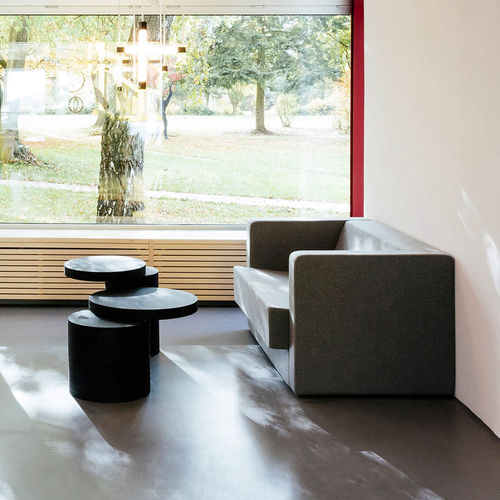The D1 chair, produced by Tecta according to Peter Keler’s original design, was one of the most radical approaches of its time. Together with Tecta, Keler later developed the two and three-seater sofa based on the D1 armchair with its signature cubic shape. Both products embody the same architectural concept of cubic furniture. A concept that would later influence an entire generation of designers, and inspired Le Corbusier to design his LC2 furniture.
When the Bauhaus relocated to Dessau in 1925, Keler decided against the move and opened his Weimar studio “Peter Keler Atelier, Weimar”. There he created models for the production of standardised seating furniture among other things.
At the same time, he worked on the development of a new horsehair fabric and the strap design for the wooden chair frames of his friend Marcel Breuer. He later sent Tecta the original remnants of the horsehair fabric from Weimar. They were used to cover the frame of the Breuer-Wassily armchair, a unique specimen that is now featured at the Cantilever Chair Museum in Lauenförde.









